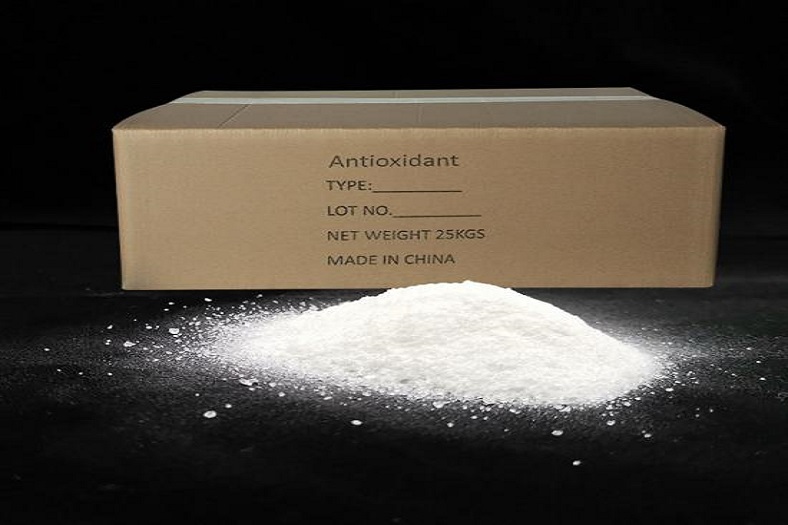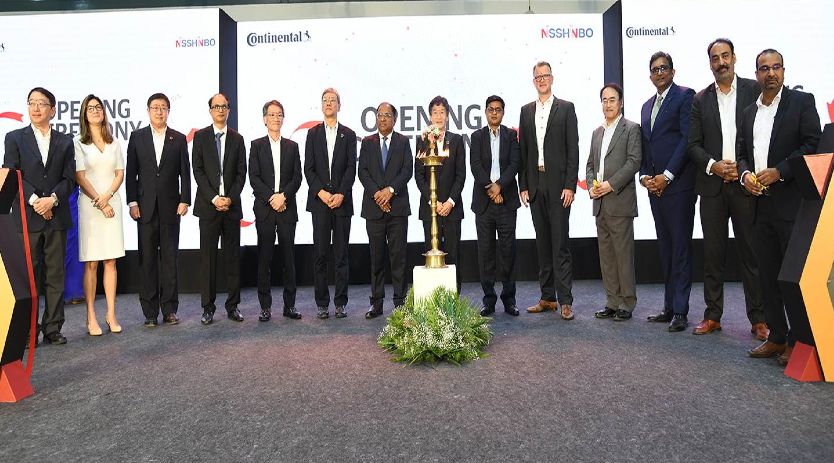Plastic Antioxidants: Current Scenario and Future Prospects
September 4, 2021 2:42 pm
Despite having enormous environmental effects, the utilization of plastics does not seem to get reduced as such. All credit goes to its long-living quality.
On the one hand governments across the world are initiating numerous restrictions to ban this material; on the other hand, the manufacturers are highly focusing on bringing upon new innovations to minimize its impacts on the environment along with augmenting its beneficial quality for utilization.
And for this, what’s offering a massive helping hand to the plastic industry – is additives. The utilization of additives has augmented to the next level owing to the number of advantages it offers. Among the majorly used additives, however, antioxidants play a crucial role in making it safe and secured. Yes, plastic indeed can be safe and biodegradable, not completely though. So this article provides some facts and future prospects of plastic antioxidants in different fields.
Significance and importance of plastic antioxidant
Antioxidants aim to protect plastic against thermally induced oxidation. Plastics are prone to oxidative degradation during high temperatures and most other processing. This leads to deteriorating the mechanical properties of this polymer. Antioxidants help in eliminating the process of degradation caused due to thermo-mechanical as well as thermo-oxidative conditions.
Antioxidants assist with improving the life cycle of plastic, securing color, offer tensile strength and elongation, minimize impact resistance, cracking, and other surface deterioration. Oxidants are further categorized as primary antioxidants and secondary antioxidants. The plastic formed by primary type is mostly combined with secondary to produce thermally stable plastic products. At the same time, a combination of primary and secondary antioxidants provides additional processing stability during plastic production.
Plastic has been reigning across almost all industries for centuries. However, the growing environmental concerns and government restrictions have led to its limited implementation. Moreover, the advancement in additives and products such as eco-friendly and other plastics has unlocked its potential for numerous fields. Here are some of the instances-
Modified processes by plastic antioxidants in some sectors
Undeniably plastic has brought an array of modifications in the agriculture industry. Plastic has proved to be useful for various applications such as greenhouse and mulch films, silage and bale wrap, netting, and more. But at the same time, the industry has witnessed major obstacles such as significant weathering, harsh climate, and other adverse effects of plastic utilization.
However, the additives have offered certain advantages over these challenges. Polymer additives help in controlling agriculture environments along with boosting the crop yield, agrochemical efficiency, optimal water usage, and other advantages. In addition, plastic additives improve plastic durability thereby augmenting lives for their greenhouse components.
Likewise, the packaging industry as well has a greater demand for plastic additives. The industry requires sturdy and high-quality packaging material. And demand for plastic additive, therefore, is growing rapidly in this sector. This additive helps in extending product life and boost product appearance by engrossing and eliminating the existence of oxygen.
In recent years, the plastic antioxidants segment has been through an array of advancements and innovations. This has propelled the demand for additives in wide areas. From food packaging to pharmaceutical packaging, this additive has witnessed a higher demand. And this, in turn has set the scene for the industry to observe elevating growth in the coming years. According to a report published by Allied Market Research, the global plastic antioxidants market is anticipated to garner $4.96 billion by 2026. Other findings in the report also states that by type the phenol segment is among the largest revenue generating segments, as it is one of traditional antioxidants used for plastic production. Based on polymer resin, the demand for polyethylene is increasing and would continue to increase even more as it has wide range of applications. In addition, it is one of the plastics most commonly used in the packaging sector, which accounts for more than one-third of the global revenue. Moreover, the market across Asia pacific region is growing at a greater pace and presently it is the largest revenue generating region in the market. The fact that this region has well established industries including automotive, electronics, construction, and more is the major reason behind the region being dominant.
Despite the implementation of stringent regulations by governments across the world, the implementation of plastic looks promising. The major reason for this is the protection provided by the material. Furthermore, the integration of additives leads to proliferating the structure of plastic along with increased protection against thermal and oxidative degradation. All these factors, majorly contribute to the growing demand for plastic oxidants across several industries.
Simultaneously, the expansion of the utilization of plastic in different sectors is unlocking new opportunities for the industry. In addition, technological advancements and further research and developments to improve the benefits of additives are expected to create greater scope for plastic utilization. Moreover, all these elements are anticipated to pave the way for the industry to grow exponentially.
Cookie Consent
We use cookies to personalize your experience. By continuing to visit this website you agree to our Terms & Conditions, Privacy Policy and Cookie Policy.















